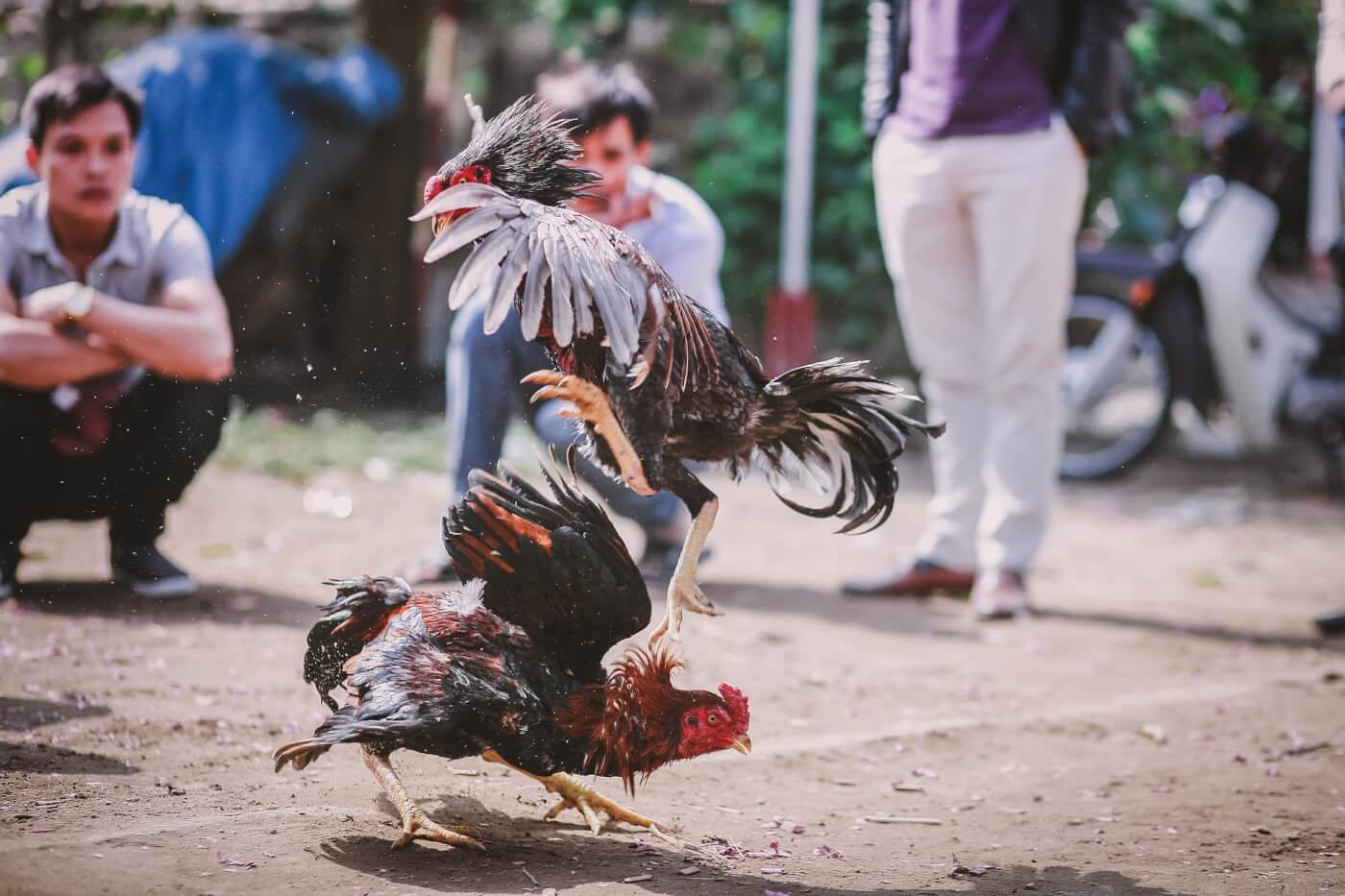
In various cultures throughout the world, the practice of cockfighting has been a time-honored custom, often wrapped in both intrigue and controversy. This age-old sport pits specially bred roosters against each other in a battle that showcases not only their athletic abilities but also the skill and tactics of their handlers. The attraction of these fighting breeds lies in their remarkable genetics, training techniques, and the strongly established community ties that come with the events.
Throughout history, cockfighting has transformed from a rural pastime into a spectacle drawing in enthusiasts, gamblers, and spectators alike. In specific regions, these events are marked with an air of celebration, while in different areas, they face legal challenges and moral questions. As we explore the rise of fighting breeds and their impact on this intricate sport, it becomes clear that the roosters of notoriety have become far more than mere fighters; they embody the rich tapestry of cultural significance and social interaction surrounding the activity of cockfighting.
History of Cockfighting
Rooster fighting has ancient roots that can be linked back many of centuries. Evidence suggests that the practice began in Southeast Asia, with some of the earliest records indicating to its widespread appeal in ancient civilizations like India and Persia. The sport soon expanded to various parts of the world, including the Greek territories and the Roman Empire, where it was both a form of entertainment but also a way for warriors to demonstrate their bravery and skill in battle. As it made its way through varied cultures, cockfighting evolved and changed, turning into a part of community and cultural gatherings.
In Medieval Europe, cockfighting grew increasingly popular among the nobility, who often organized extravagant spectacles around the activity. These events were not just a test of the birds’ combat skills but also a social occasion where spectators would bet on the outcomes, introducing a layer of excitement to the experience. The cultivation of fighting breeds also became more pronounced in this era, as enthusiasts sought to create more formidable birds, leading to the creation of unique breeds specifically for the battles.
With the arrival of the modern era, cockfighting faced both judicial and moral scrutiny, particularly in the 1800s and 1900s centuries as animal rights movements gathered momentum. Despite such obstacles, the sport has retained a following in various regions, especially in areas of Latin American countries and Asia. Today, while certain countries have banned rooster fighting, many continue to uphold it as a cultural practice, showcasing the enduring legacy of this ancient contest between roosters.
Breeding Combat Roosters
Raising combat roosters demands a deep knowledge of heredity and the characteristics that contribute to a bird’s performance in the pit. Hatchers often seek traits such as aggression, stamina, and intelligence, as these attributes can greatly impact a bird’s ability to fight. xổ số rr88 Selecting the appropriate lineage is crucial; many successful breeders depend on established lineages recognized for producing champions. This approach often includes careful mating strategies to boost desirable traits while minimizing weaknesses.
An additional important aspect of raising combat cocks is the setting in which they are nurtured. Juvenile roosters must be raised in a way that promotes strong physical development and fighting instincts. This includes proper nutrition, socialization with fellow cocks, and introduction to various stimuli that develop their instincts. Breeders frequently adopt training programs that expose young cocks to both physical challenges and engagements with better expert cocks, building confidence and skill.
Moreover, ethical practices in raising should never overlooked. While the focus is on improving performance, responsible breeders also consider the health and safety of the roosters. This includes avoiding cross-breeding, ensuring availability to veterinary care, and offering a secure and ethical living space. As public perceptions of rooster fighting change, breeders may also begin to modify their methods to conform to these moral standards while nonetheless pursuing the goal of producing powerful, competitive roosters.
This Ethics and Debate
The realm of cockfighting is fraught with moral challenges and controversies that have sparked intense discussions among animal welfare advocates, enthusiasts, and the general public. Critics of cockfighting argue that it is a cruel practice that causes undue pain and distress to the animals involved. Opponents highlight the physical harm inflicted on roosters during fights, often resulting in grave harm or death. The practice poses serious questions about the welfare of animals and the moral implications of using animals for amusement.
Proponents of cockfighting, however, assert that it is a traditional cultural practice deeply rooted in certain societies. They argue that when conducted within regulated environments, with proper attention and focus on animal welfare, it can be viewed as an aspect of agricultural traditions. Advocates also emphasize the relationships formed between breeders and their birds and the skill involved in raising and training fighting cocks. This perspective frames cockfighting as a form of competition rather than mere cruelty, fostering loyalty and pride among its followers.
As laws surrounding animal fighting tighten across various territories, the future of cockfighting remains ambiguous. While some jurisdictions allow it under certain conditions, others have banned the practice entirely. This legal landscape fuels continuing debates about the tension between cultural heritage and evolving social norms regarding animal rights. As interest in the humane treatment of animals grows, the focus on cockfighting generates pressing questions about the sustainability of such traditions in a changing world.
